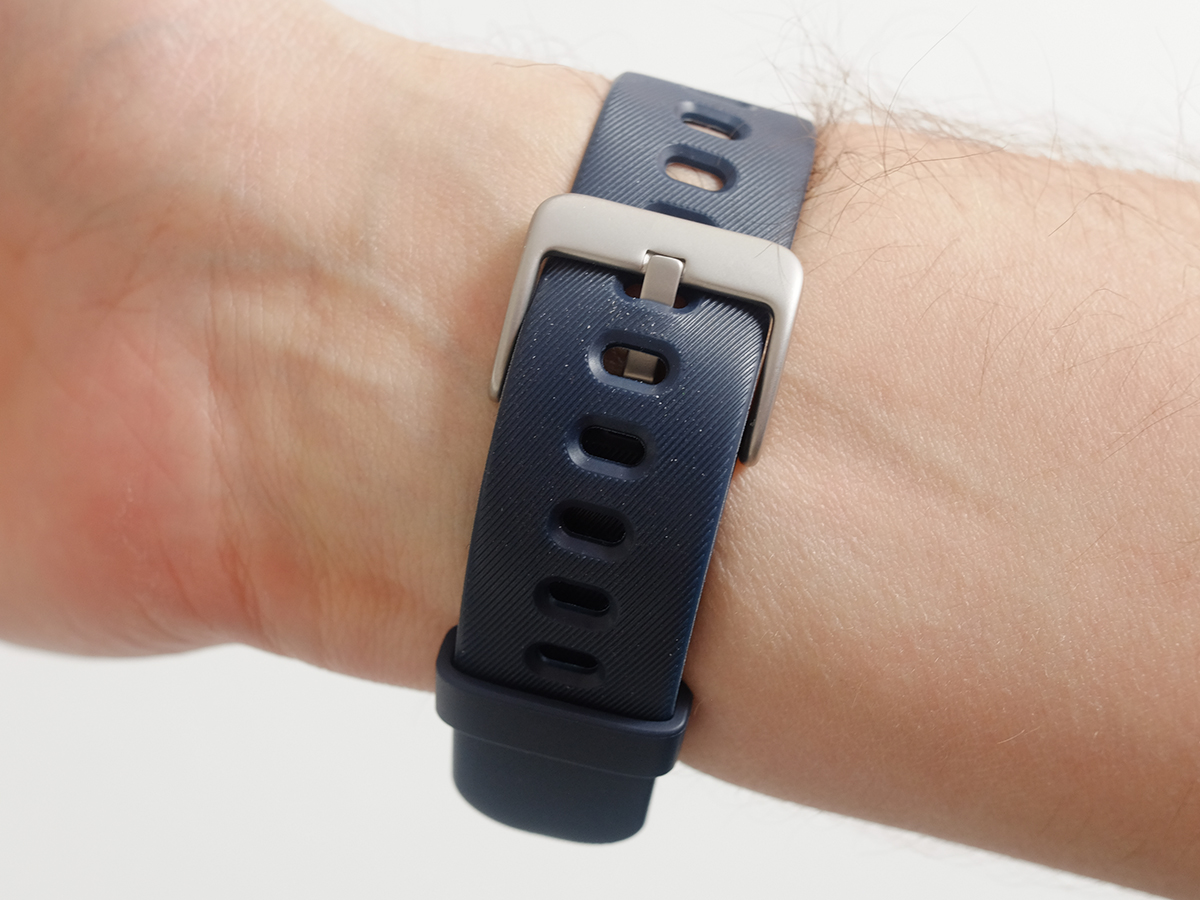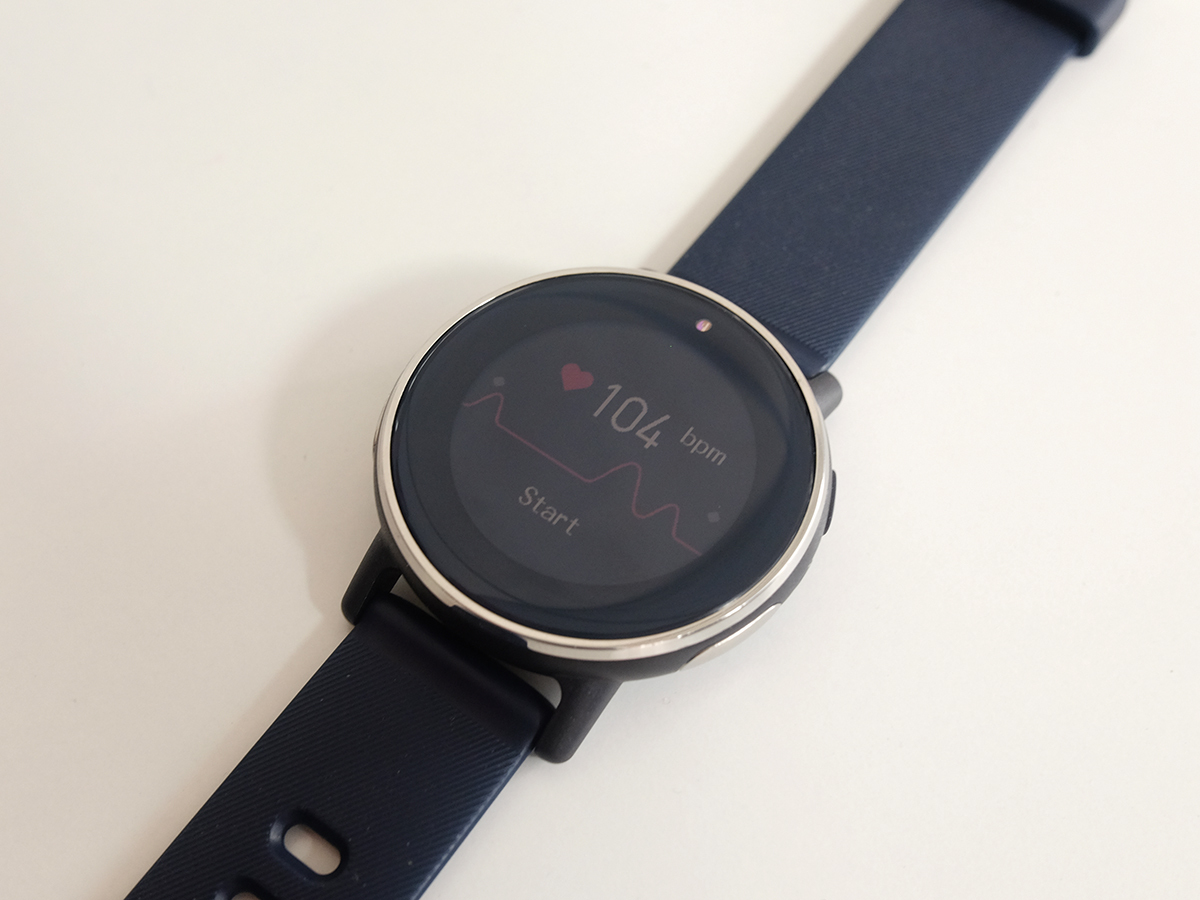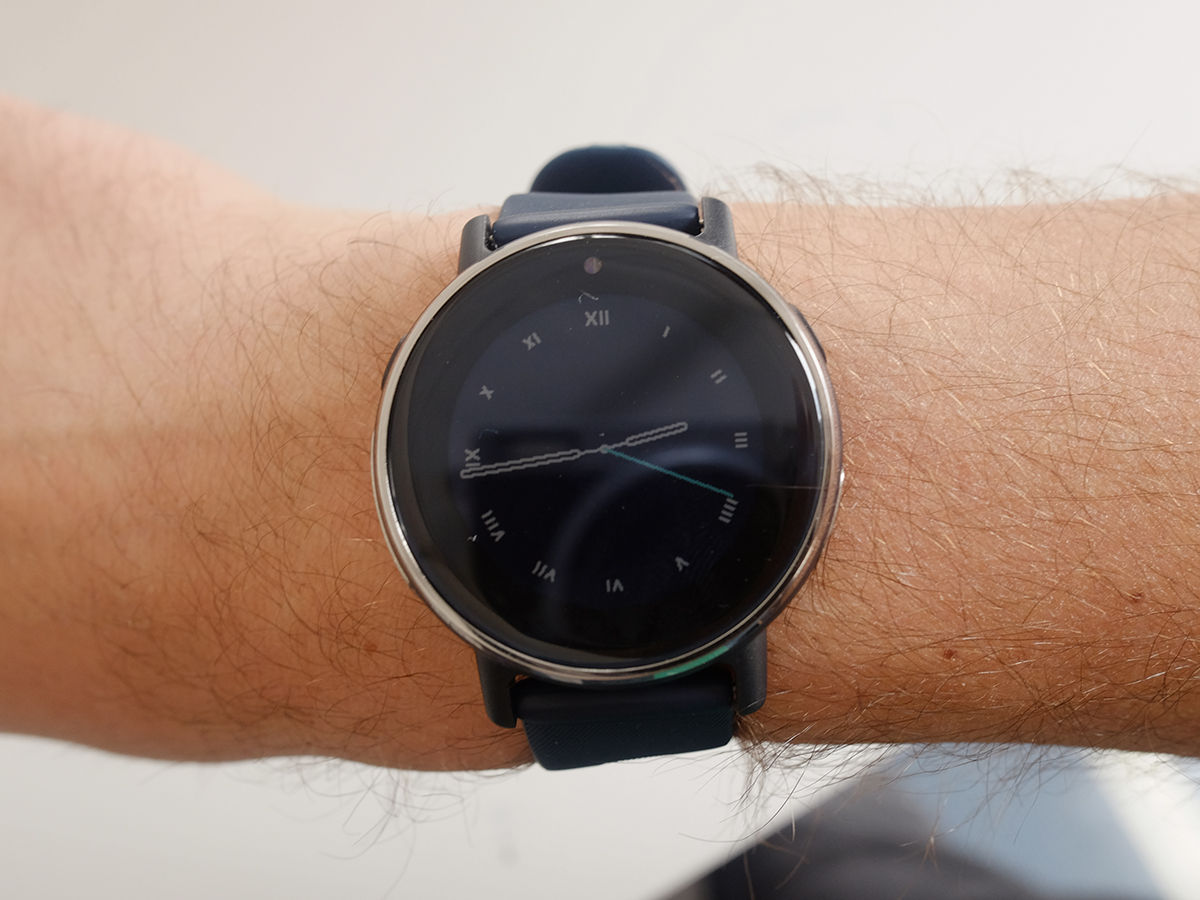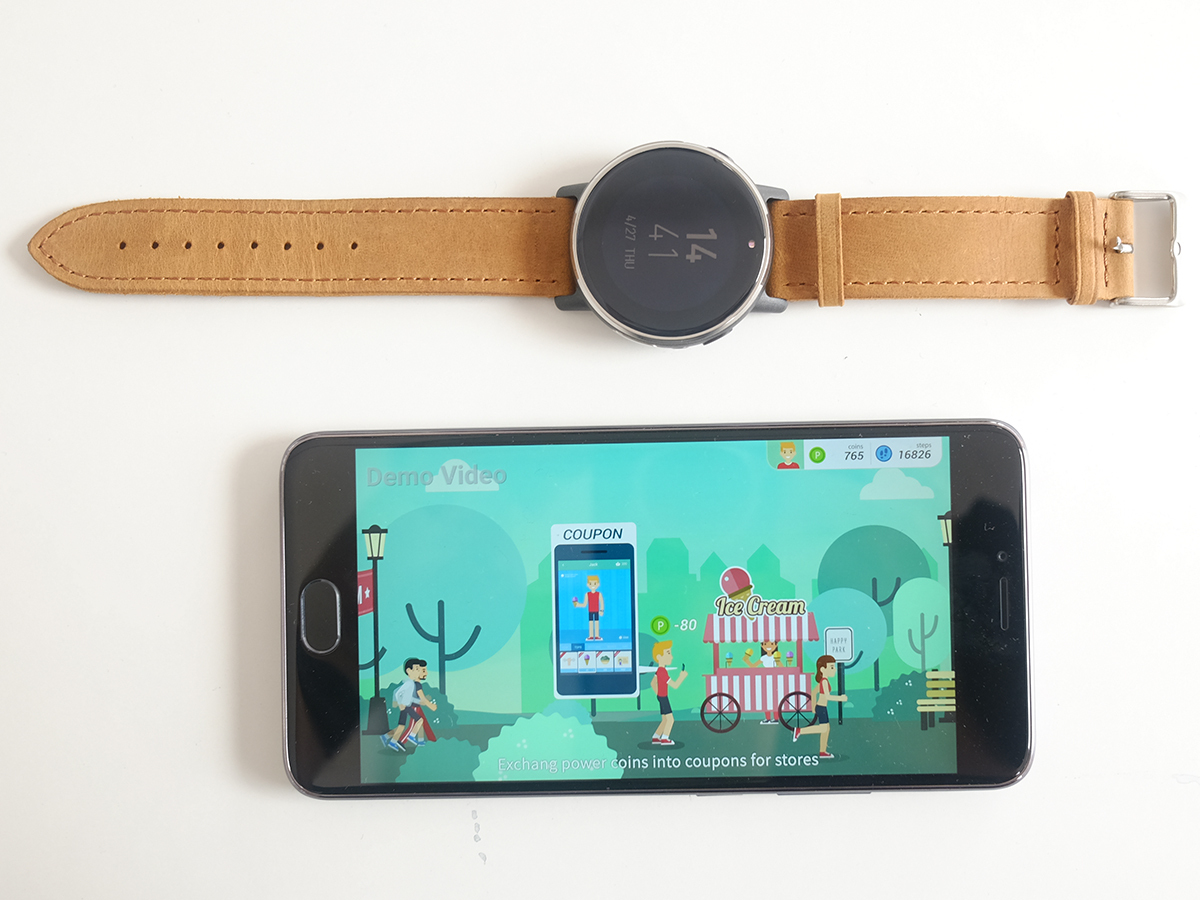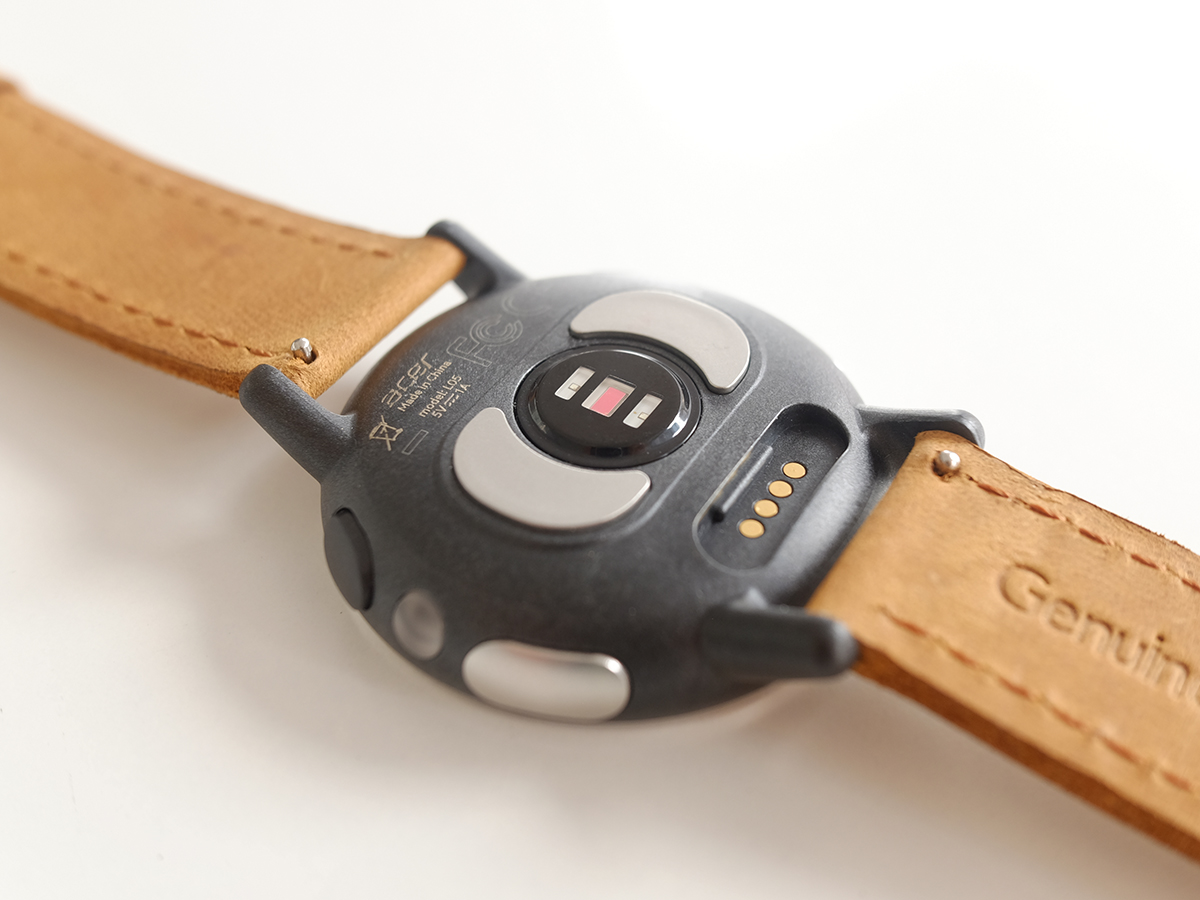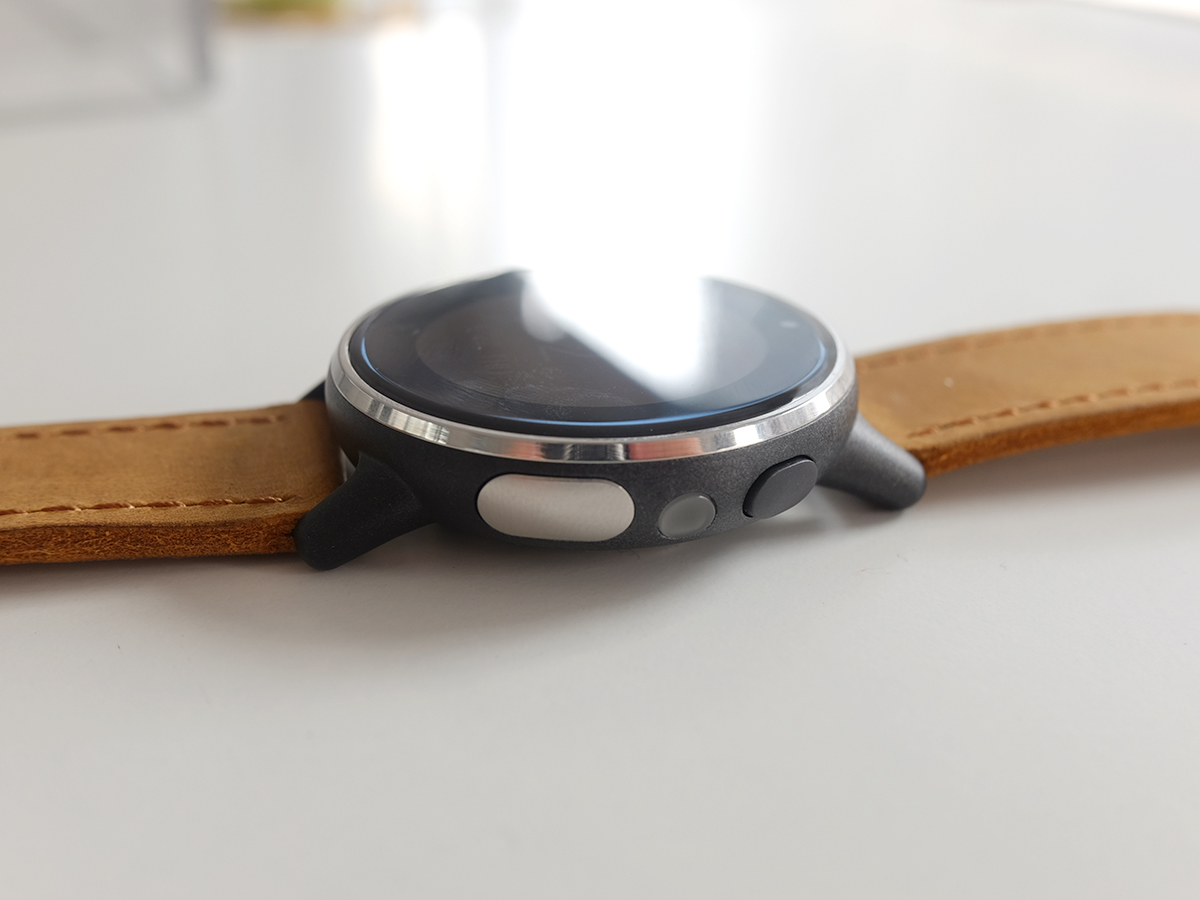Acer Leap Ware hands-on review
This fitness-focused Pebble rival does the basics, but not much else

Looks can be deceiving: just take a look at the Leap Ware.
Acer’s latest slice of wearable tech looks slick enough once you’ve got it on your wrist, and at €139, isn’t all that expensive. Not bad for something with a heart rate sensor and fitness tracking that’ll tell you how much you’ve got left in the tank before you completely run out of stamina, right?
Well, no, not really. After trying one on for size at Acer’s global press conference, I’m not convinced it does enough to deserve a spot on your wrist. Even if it does have one unique feature I hope to see on other smartwatches soon.
The fully circular screen certainly looks the part, with a stainless steel bezel adding a classy touch – especialy with the optional leather strap. There’s no Moto 360-style flat tyre, either, so the watch face fills the entire display.
It’s transflexive, so you can see it better when you’re outdoors, but the backlight is disappointingly dim. In bright sunlight, it’s still next to impossible to read clearly. The resolution is low and colours are fairly muted, too.
The main watch body is made from plastic, which is unsurprising given the price, but it’s well built. The plastic wrist band should stand up well to sweat when you’re working out, and sits snugly for the tight fit needed to get the heart rate sensor working at its best.
The two control buttons at the sides sit flush to the watch, instead of protruding out, which helps continue the minimal design. One turns the screen on and off, but the other is a little more quirky: it turns on a little LED torch, supposedly for late-night runners. The placement of the LED means you’ll have to wear the watch on your left wrist, though.
This is an inexpensive smartwatch, but that doesn’t excuse the slow software. Tapping and swiping on the touchscreen takes an age, and with Acer going it alone instead of taking the more commonly used Android Wear approach, you’ll likely be limited to the apps installed at launch.
The iOS and Android companion apps are decent enough, letting you push notifications from your phone to your wrist, control music playback and record your fitness data in clear, easy-to-read graphs and tables.
It’s just a shame the watch isn’t all that fun to use by itself, with slow scrolling and sluggish reaction times.
Acer Leap Ware initial verdict
The Leap Ware doesn’t do anything drastically different from the rest of the wearable world, save for that funky flashlight. I can see it coming in handy when you’re fishing for your front door keys after a night out, but it’s still more novelty than necessity.
The fitness features don’t stray too far from the competition, either, and I’m not sold on Acer’s talk about stamina and fatigue measurements just yet. That screen is too dim for my liking, and the software feels really slow at this early stage.
At least it looks slick, thanks to that circular silver bezel, but unless phone notifications are an absolute priority, there are plenty of similarly-priced alternatives that can give this a run for its money.
I’ll be surprised if it actually makes its way to the UK, but if it does, we’ll be sure to give it a full review.
READ MORE › The 10 best smartwatches in the world right now


